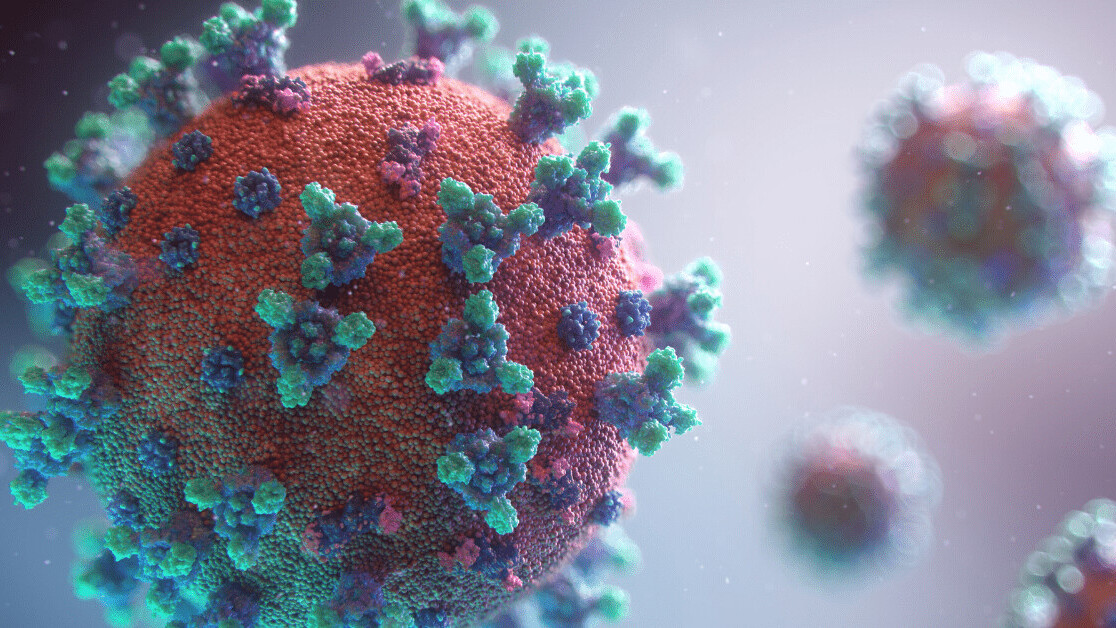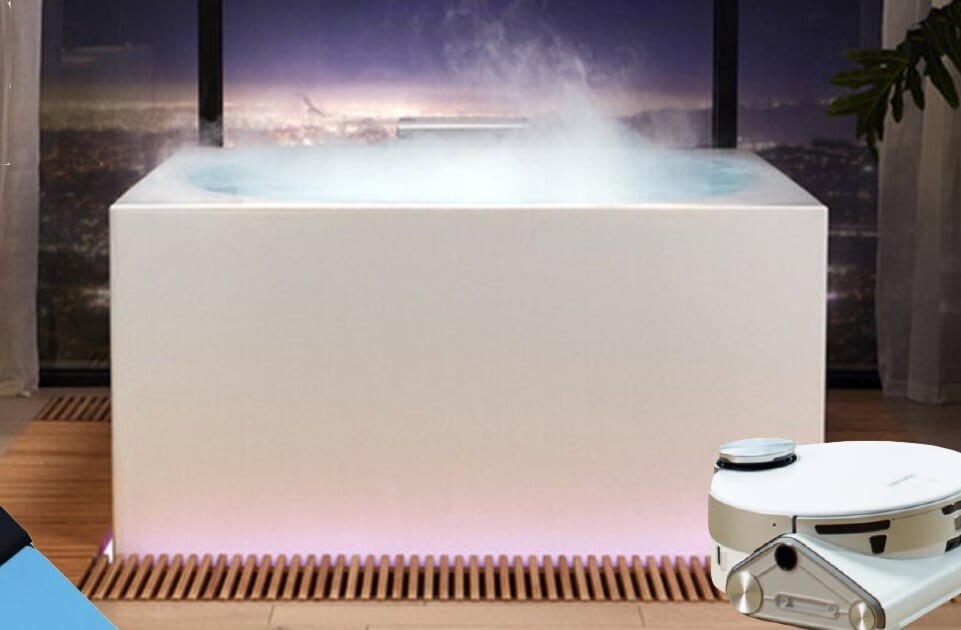
Healthcare workers are likely to be in contact with many COVID-19 patients every day. Being in contact with more people with the disease means that, in theory, they will be exposed to higher doses of the coronavirus over time. Does that mean they are at greater risk of contracting the disease, as reports from some countries suggest?
We know for some diseases that the dose of virus a person is exposed to will directly correlate with how severe the disease is. A good example of this is influenza. A 2015 study from the US showed that the higher the dose of influenza virus given to healthy volunteers, the worse their symptoms. Viruses are tiny particles that must get into our cells in order to replicate, so the logic is that the more starting virus particles there are, the more cells will be infected.
However, viruses replicate exponentially. A single infected cell can produce hundreds, if not thousands, of copies of the particle. This means that for some viruses, even a tiny dose of virus is enough to cause an infection. For example, for half the population, it takes just 18 particles of norovirus to cause an infection. This can lead to the classic clinical signs of vomiting and diarrhea. In such infections, the virus replicates so fast that the starting dose can become much less relevant.
Is the initial dose of SARS-CoV-2 (the virus that causes COVID-19) related to the disease severity? At the moment, we just don’t know. The only way to answer this question definitively is with “experimental challenge studies”, which involves intentionally infecting healthy volunteers in order to study diseases and their treatments. These would be ethically questionable because of the potential severity of the disease.
Once a patient is infected, it is relatively straightforward to measure how much virus they are making – a value known as the “viral load”. This is because the standard international test for coronavirus is quantitative. Instead of just a positive or a negative result, diagnostic teams also get a number from zero to 40. This number is known as the Ct value or threshold cycle.
Counter-intuitively, the lower the number, the more virus a patient sample has. Any number less than 15 corresponds to very high levels of virus, whereas samples greater 35 only have low quantities of virus.
In the absence of infectious dose data, researchers have been trying to determine whether a high viral load corresponds to worse illness. A report from China suggested that there is no difference between how much coronavirus a person is exposed to and how sick they get. But another report showed that patients with milder disease had lower levels of the virus.
Other factors to consider
It is important to bear in mind that the amount of virus it takes to cause infection is only one part of the story. How the body responds to the virus can also be critical. This is because the immune response to a virus can be both beneficial and harmful. If the immune system isn’t adequately activated, the virus can replicate faster. On the other hand, if the immune system is over-activated, it can damage healthy tissues.
There is a long list of medical conditions that can increase the chances of having a severe case of COVID-19, from diabetes to high blood pressure. But what about factors such as exhaustion or extreme stress? We expect many frontline medical staff to be under significant pressure in the coming weeks and months; could this affect their susceptibility?
Sleep deprivation has been shown to affect your chances of getting infected with rhinovirus, also known as the common cold virus. Scientists in Pittsburgh, Pennsylvania, monitored sleep patterns in 164 adults over a week and then exposed them all to rhinovirus. Those people who slept fewer than five hours a night were significantly more likely to develop a cold than those who slept seven or more hours.
We don’t know whether these findings can be applied to SARS-CoV-2 as the new coronavirus is very different from rhinovirus. But we can speculate that the immune responses of severely overworked healthcare workers will not be optimal compared with a well-rested person at home. This could be an additional factor explaining why more frontline staff are seemingly becoming infected with COVID-19.
Despite all these uncertainties, of course, it is still essential for healthcare workers to minimize exposure to the virus as much as possible. From wearing as much protective equipment as available to practicing social distancing with colleagues – every measure will count.
This article is republished from The Conversation by Sarah L Caddy, Clinical Research Fellow in Viral Immunology and Veterinary Surgeon, University of Cambridge under a Creative Commons license. Read the original article.
Get the TNW newsletter
Get the most important tech news in your inbox each week.





